Enhancing Home Energy Efficiency: A Comprehensive Guide
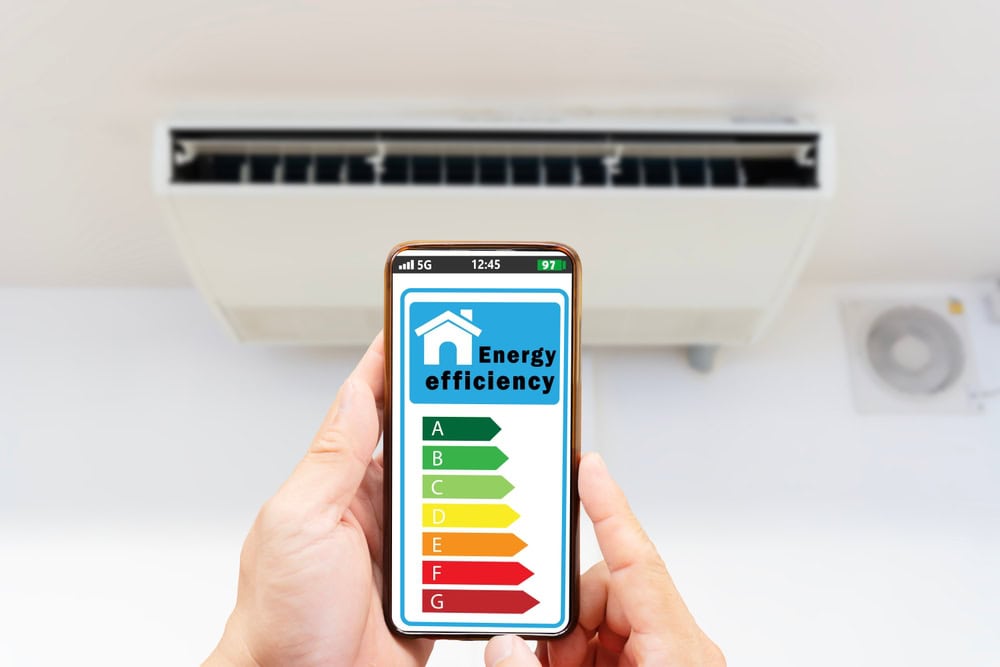
Many homeowners are unaware of how easily they can reduce their home energy consumption. InterNACHI aims to change this by offering simple, actionable steps and in-depth energy audits to identify the best solutions for your home.
There are several benefits to improving energy efficiency in your home.
- Financial Incentives: Take advantage of federal, state, utility, and local tax breaks.
- Cost Savings: Lower your monthly energy bills.
- Increased Comfort: Enjoy a more comfortable indoor environment.
- Reduce Climate Change Impact: Decrease your contribution to global warming.
- Reduce Pollution: Minimize pollutants from conventional power production.
Here are 10 ways to enhance home energy efficiency:
1. Improve Heating and Cooling

- Install Ceiling Fans: Use fans instead of energy-intensive air conditioners.
- Replace Air Filters: Periodically change filters in air conditioners and heaters.
- Set Thermostat Appropriately: Lower at night and when away. Save about 2% on heating bills for each degree lowered for at least eight hours.
- Install Programmable Thermostat: Automate temperature adjustments to save energy and up to $150 per year.
- Use Wood or Pellet Stove: Consider these more efficient heating sources.
- Use Curtains: Draw curtains at night to insulate rooms.
2. Install a Tankless Water Heater
- On-Demand Heating: Tankless heaters provide hot water only when needed, eliminating standby energy losses.
- Constant Supply: Delivers a continuous flow of hot water without waiting for a tank to fill.
3. Replace Incandescent Lights
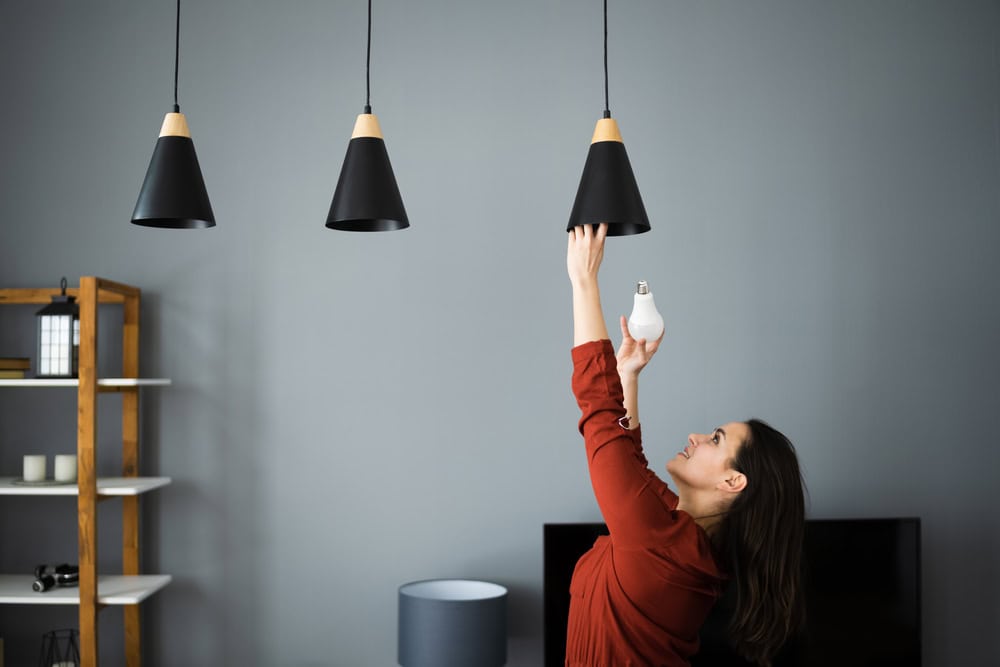
- LEDs and CFLs: Reduce lighting energy use by 50% to 75%.
- CFLs: Use 75% less energy and last 10 times longer than incandescent bulbs.
- LEDs: Last longer than CFLs, consume less energy, have no moving parts, and contain no mercury.
4. Seal and Insulate Your Home
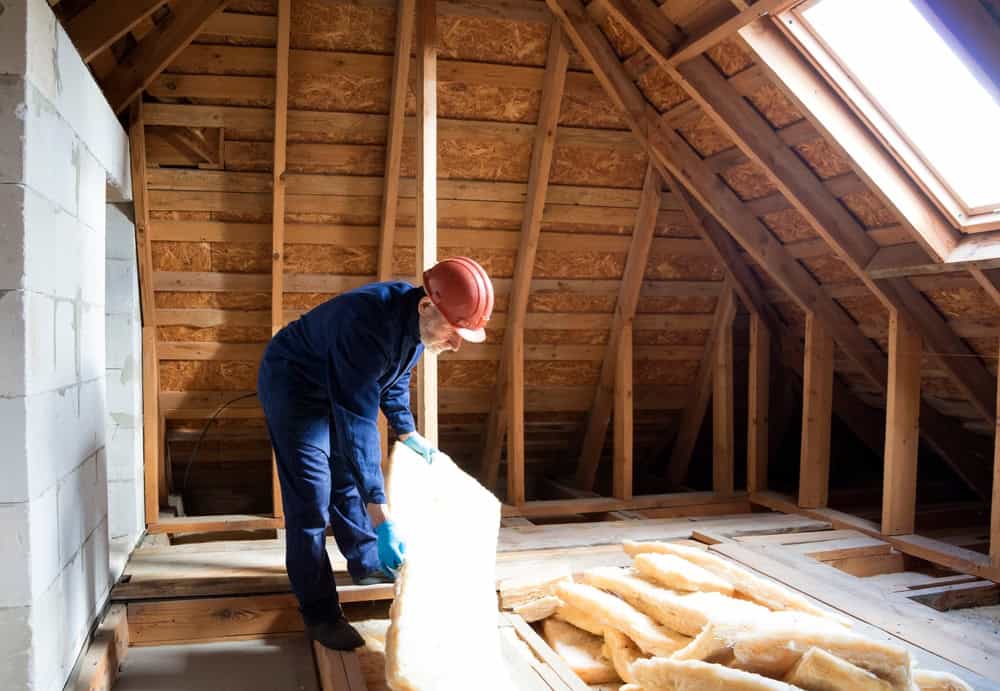
- Cost-Effective: One of the most effective ways to improve comfort and reduce energy bills.
- Leakage Areas: Seal around electrical outlets, mail slots, pipes, attic hatches, and windows.
- Attic Repairs: Plug large holes, seal small holes (darkened insulation), and seal the attic access panel.
5. Install Efficient Showerheads and Toilets
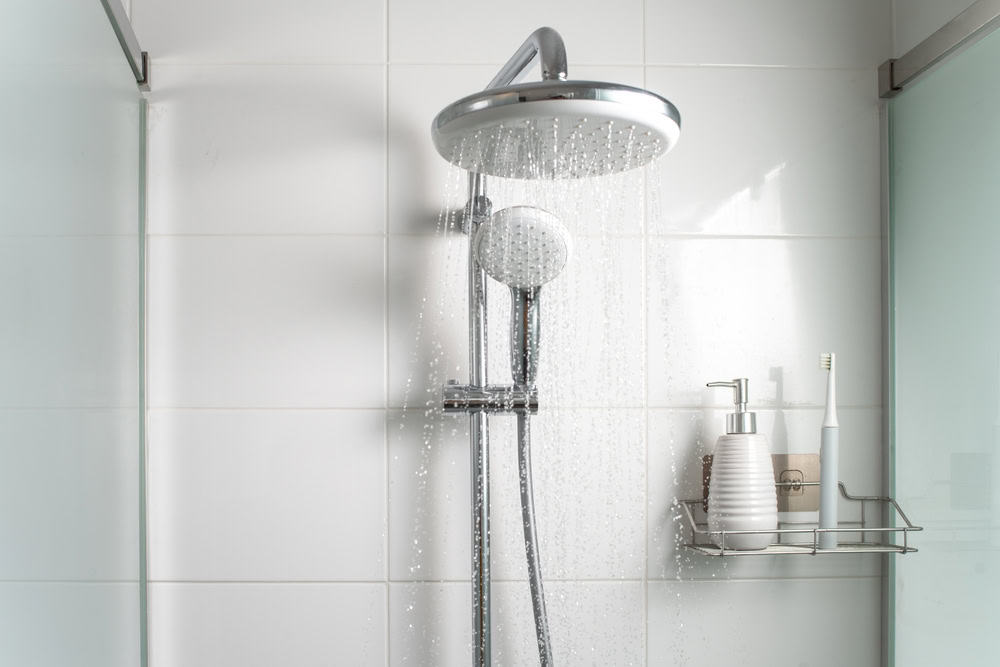
- Low-Flow Showerheads: Available with different flow rates and pause buttons.
- Low-Flow Toilets: Reduce water usage by replacing older toilets with 1.6-gallon models, saving 12,000 gallons per year.
- Vacuum-Assist Toilets: Use a vacuum chamber for efficient waste removal.
- Dual-Flush Toilets: Choose between 1-gallon and 1.6-gallon flushes.
6. Use Appliances and Electronics Responsibly

- Location: Keep refrigerators and freezers away from heat sources.
- Turn Off Computers: Shut off computers and monitors when not in use.
- ENERGY STAR Appliances: Use efficient, ENERGY STAR-rated devices.
- Unplug Chargers: Chargers consume energy even when not connected to devices.
- Use Laptops: Laptops consume less energy than desktops.
7. Install Daylighting
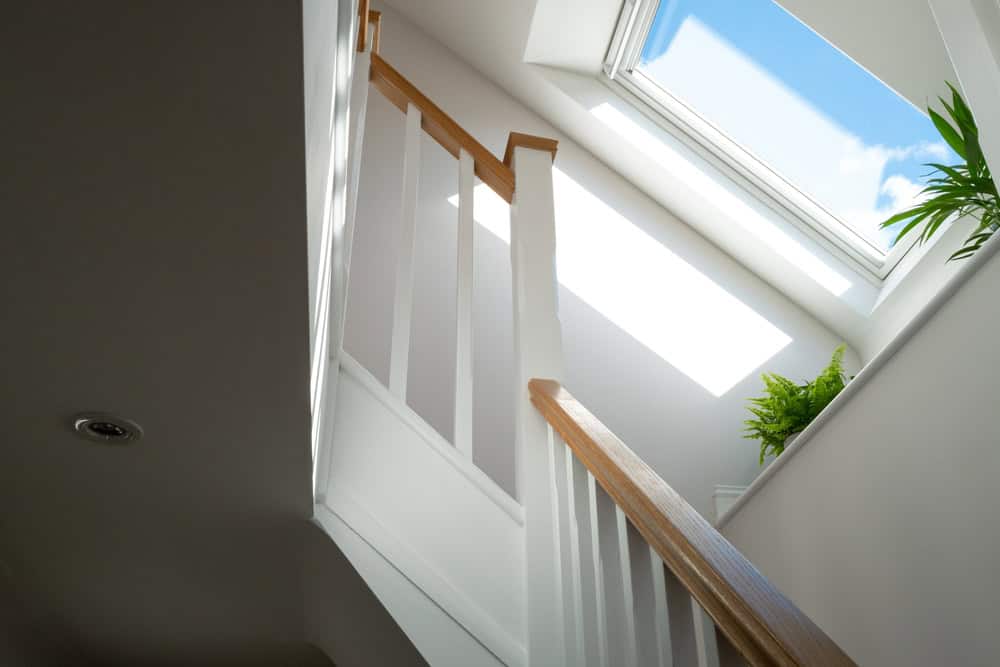
- Skylights: Use double-pane skylights and proper flashing to avoid leaks.
- Light Shelves: Bounce light deep into the building.
- Clerestory Windows: High windows that allow winter sun while blocking summer sun.
- Light Tubes: Amplify and distribute natural light evenly.
8. Insulate Windows and Doors

- Seal Edges: Use rope caulk to seal window edges and cracks.
- Weatherstripping: Apply weatherstripping around windows and doors.
- Storm Windows: Install storm windows on single-pane windows.
- Repair or Replace: Fix or replace damaged windows and doors.
9. Cook Smart

- Convection Ovens: Use 20% less electricity than conventional ovens.
- Microwave Ovens: Consume 80% less energy than conventional ovens.
- Matching Element Size: Use pans that match the size of the heating element.
- Use Lids: Cover pots and pans for faster heating.
- Pressure Cookers: Reduce cooking time.
- Top Rack: Place food on the top rack in conventional ovens.
10. Change Laundry Habits
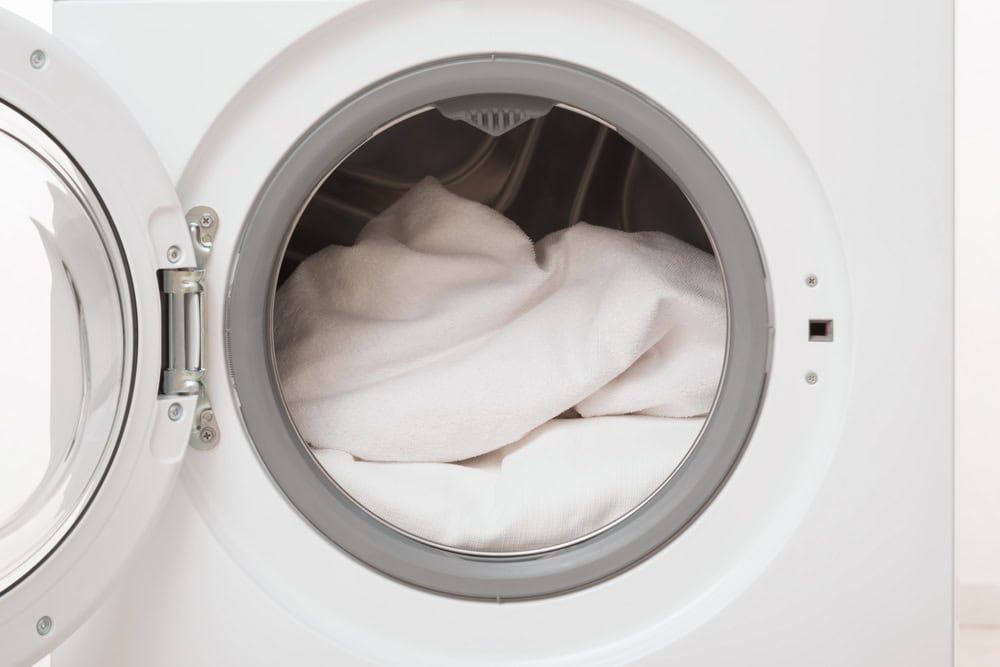
- Full Loads: Wash full loads instead of using the medium setting.
- Low Temperature: Use warm-water settings instead of high-temperature settings.
- Clean Lint Trap: Clean the lint trap before each use.
- Air Dry: Air-dry clothes on lines and racks.
- Spin-Dry: Spin-dry or wring clothes before drying.
Summary: Making Your Home More Energy Efficient

Implementing these simple changes can significantly reduce your home’s energy consumption, saving you money and benefiting the environment. For a more comprehensive assessment, consider hiring an InterNACHI energy auditor to identify additional energy-saving opportunities.